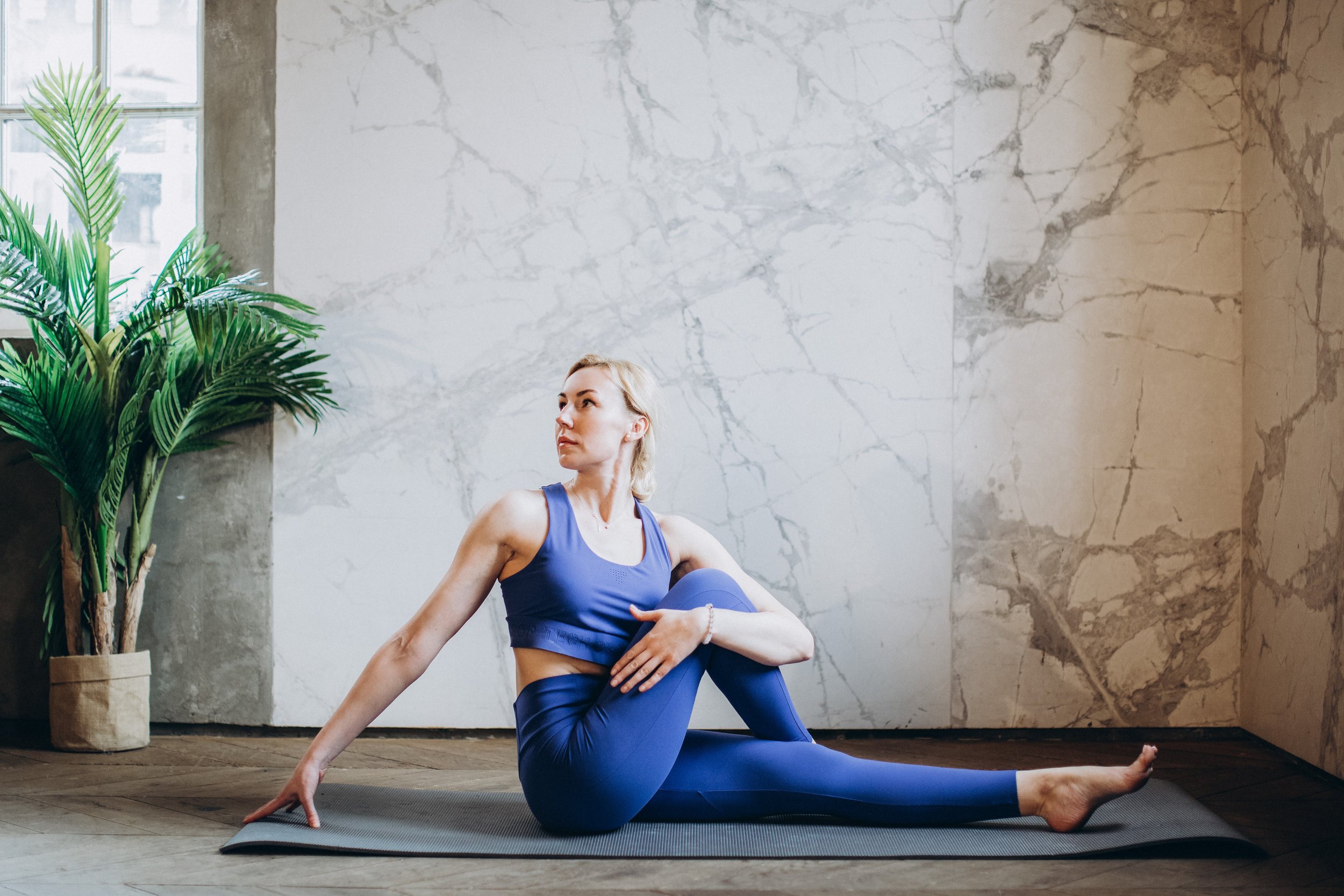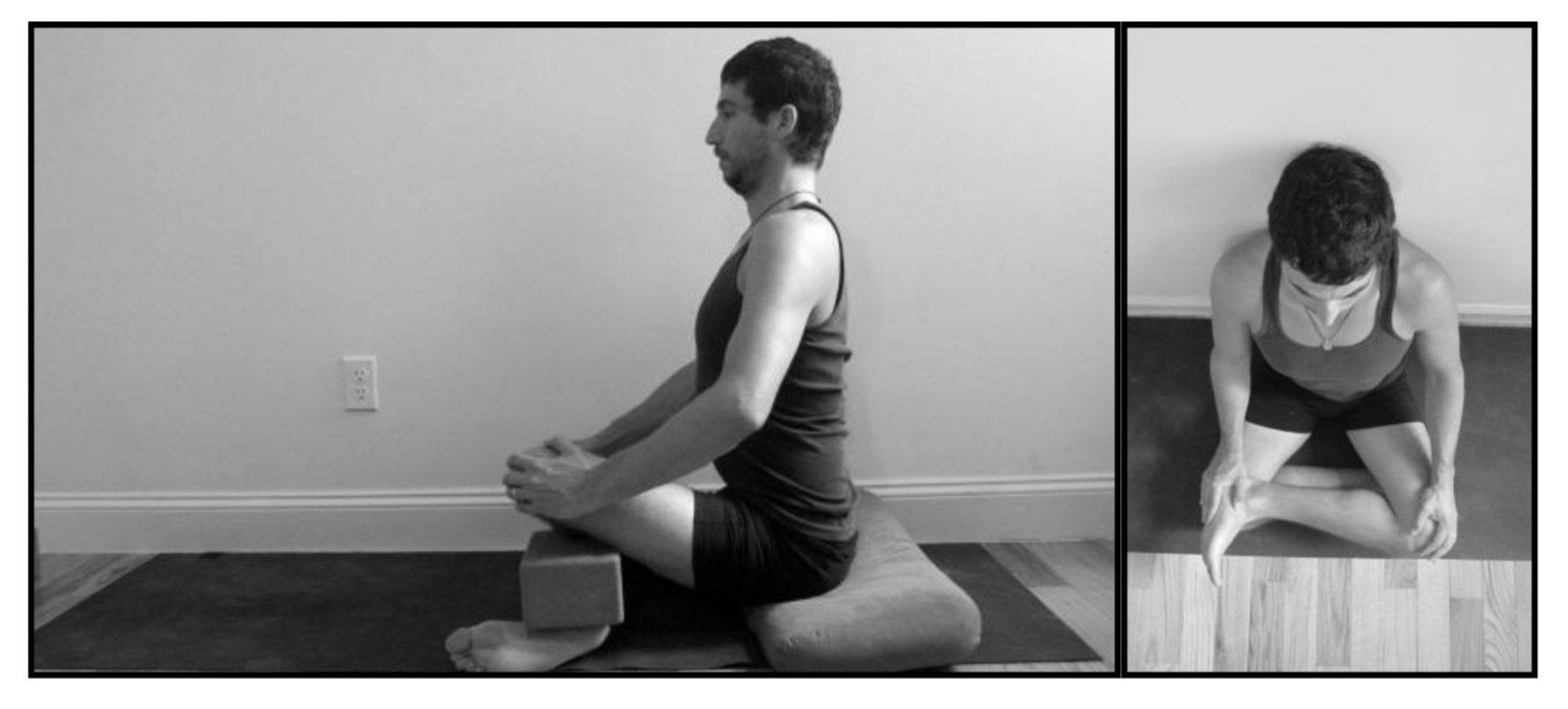Introduction to Therapeutic Yoga for the Hips
Have you ever considered how the alignment of your pelvis impacts your overall health and mobility? This question is particularly relevant for those aspiring to become yoga instructors or those interested in yoga accreditation. Understanding the pelvic structure and its functions is crucial for effective yoga practice. After all, the hip and pelvis, with their unique composition of bones, connect the lower extremities to the spine’s base (sacrum), enabling upright stance and free movement.
The Consequences of Pelvic Misalignment
Pelvic misalignment can cause body imbalances, affecting movements like walking and running. This misalignment, often seen in older adults, leads to poor mechanics and harmful compensatory movements, potentially resulting in hip or knee replacements.
Understanding the Causes of Pelvic Issues
But, why does this happen? Pelvic issues often arise from aging, but premature dysfunction in middle-aged individuals is concerning. It can stem from loss of muscle around the pelvis or tight supporting muscles, causing compensatory movements and leading to conditions like arthritis, and sometimes necessitating joint replacement.
The Role of Yoga in Promoting Hip Mobility
Most individuals, except those regularly practicing yoga, dancing, or martial arts, do not move their hips through their full range of motion, including flexion, extension, and rotations. This lack of movement can lead to the issues mentioned earlier. However, there are yoga poses that can significantly improve hip and pelvis health, ensuring flexibility and preventing future complications.
Yoga Poses for Hip and Pelvis Health
The health of our hips and pelvis is vital for mobility, stability, and overall well-being. Yoga offers a range of poses specifically designed to enhance the flexibility, strength, and alignment of these crucial areas. Whether you’re a seasoned practitioner or new to yoga, incorporating these poses into your routine can greatly improve hip and pelvic health, offering relief from discomfort and preventing future injuries.
Supta Kapotāsana (Reclined Ankle to Knee/Reclined Pigeon)
Ideal for those who cannot perform a full pigeon pose due to limitations in hip movement.
This pose mobilizes the hip with external rotation, offering a productive variation for those recovering from hip or knee surgery.
Aim to create a 90-degree angle in both legs if possible, and use props to support the hips, lower back, and head for comfort and alignment.
This pose is also a preparatory step for more advanced poses like the Pigeon. Incorporate Warrior 1, 2, and Triangle poses to gauge readiness for Pigeon.
It’s particularly beneficial in restoring health to the lower back and alleviating sciatica.
Swastikāsana (Ankle to Knee/Double Pigeon)
Offers similar benefits in restoring hip mobility as seen in Pigeon and Cow Face poses.
Focuses on teaching external rotation in both hips without imposing rotation on the knees.
Use props under the hips and possibly the knees to ensure proper alignment and reduce strain.
When more demanding poses like Pigeon are not feasible, opt for the Easy-Seated Pose (Sukhāsana) with appropriate props.
Gomukāsana (Cow Face)
A more complex pose that involves stacking the knees while maintaining alignment in the upper body.
Prop the hips with a blanket or bolster to enhance efficiency and safety in the pose.
Effective in releasing the piriformis muscle, thus helping relieve sciatic pain in hips and legs.
This pose can be adapted for chair yoga or performed in a reclined position, starting with one leg straight and the other bent, stacked on the bottom knee.
Supta Pādāṅguṣṭhāsana Variation (Reclined Stretch with Strap)
A good alternative when hip opening poses are not suitable.
Focuses on releasing the calf and hamstrings, thus restoring health to the lower back.
This pose also brings traction into the neck, helping to restore head and neck alignment.
It’s an excellent alternative to more strenuous poses like the plow or shoulder-stand.
Viparītakaraṇī (Legs up the Wall Pose)
Excellent for releasing tension in the legs, hips, and back.
Prop the hips if there’s a gap between the hips and floor to maintain natural spinal curves.
Ideal for individuals who cannot perform forward bends while standing or on the ground.
This pose can be used as an alternative to more challenging inversions, especially when the hips are propped higher than the heart.
By incorporating these specific poses into a yoga routine, individuals can significantly improve their hip and pelvic health. These poses are not only beneficial for aspiring yoga instructors but also for anyone looking to enhance their physical well-being through yoga. Understanding and practicing these poses can be a vital component of yoga instructor training, particularly for those seeking yoga accreditation and aiming to become well-rounded yoga instructors.
The Bottom Line
Therapeutic yoga for the hips is crucial for overall health and mobility. It addresses issues like stiffness and pain, often stemming from sedentary lifestyles or aging. These practices provide a natural approach to improving hip flexibility and function, emphasizing proactive care for long-term well-being.
Whether you’re looking for relief from discomfort or if you’re aiming to enhance your physical capabilities, incorporating these therapeutic yoga practices into your daily routines can lead to significant improvements in hip health and, by extension, your overall quality of life.
Are you a yoga teacher ready to take your teaching to the next level? Discover slow flow yoga and more in our annual training Prema Therapeutics Essentials with Jon Witt, C-IAYT, Dana Slamp, C-IAYT, Dr. Loren Fishman and more. This 100-hour online course counts towards a RYT 500 Teacher Training with Yoga Alliance AND your Yoga Therapy Certification with IAYT simultaneously. Call us at Prema Yoga Institute and advance your yoga teaching career today!
About Jon Witt
Jon Witt is a certified Yoga Therapist and Teacher and the co-lead faculty of Prema Yoga Therapeutics Essentials at PYI. He's a C-IAYT and E-RYT500-certified Senior Therapeutics Teacher, trained in Atmavikas Yoga Therapy in India and transitioned to yoga after a decade in competitive wrestling. Jon is a former Pure Yoga instructor in Hong Kong and has studied with renowned teachers like Dharma Mittra, Anthony Carlisi, and Baron Baptiste. Jon now teaches various styles including Yoga Therapy and Vinyasa in New York.











